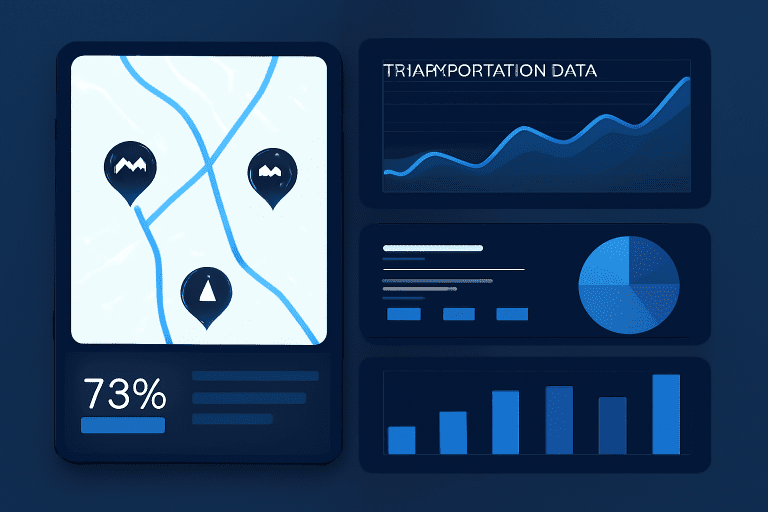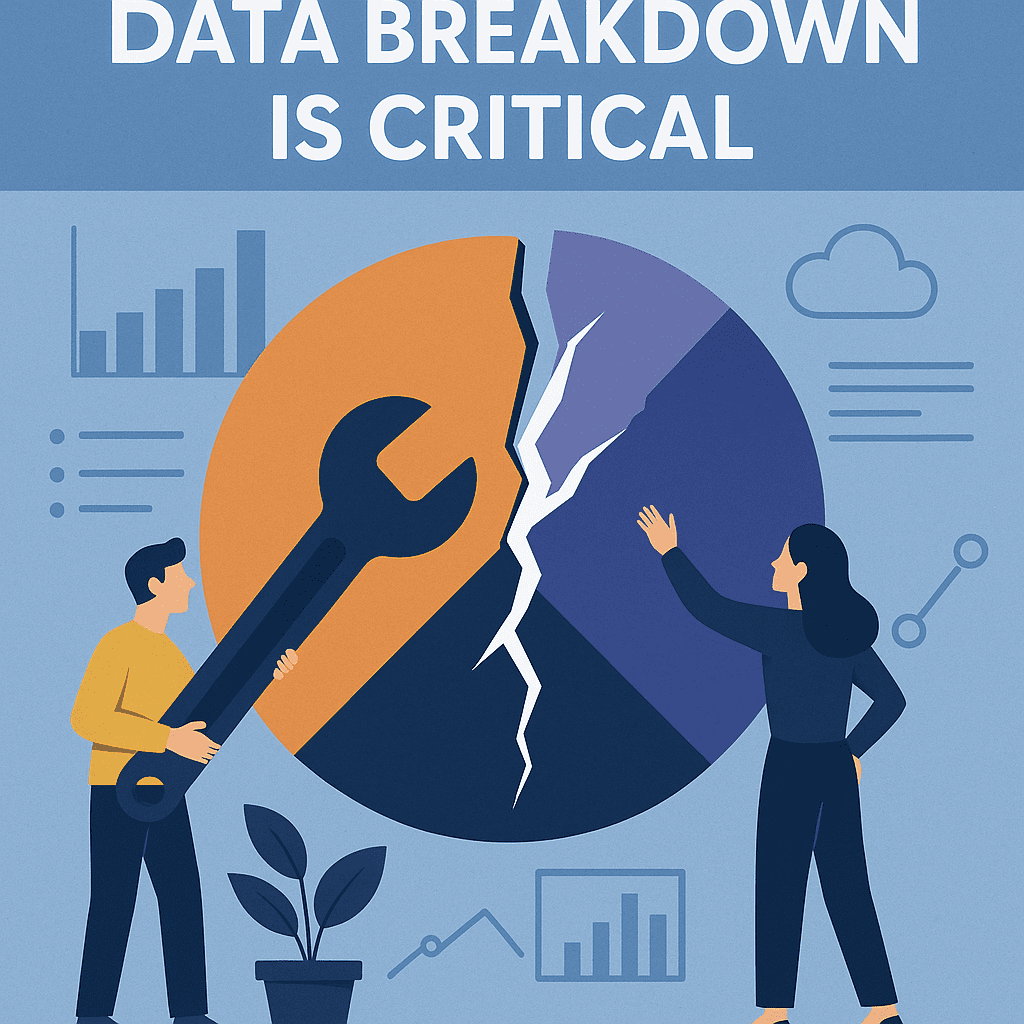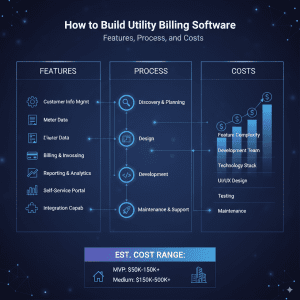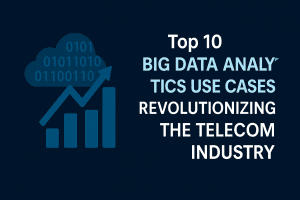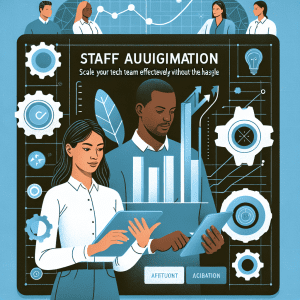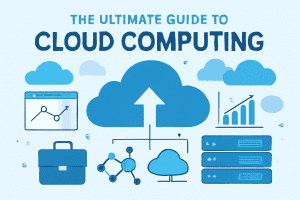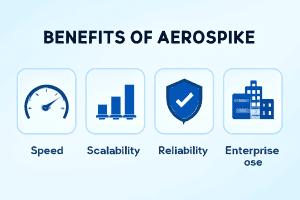Introduction
Transportation systems run on data—real-time routing, shipment tracking, fleet maintenance, and customer service all depend on seamless digital information flow. But when data breaks down—due to silos, outdated systems, or poor integrations—the impact is immediate: missed deliveries, increased costs, frustrated customers, and lost revenue. This blog reveals how to proactively solve the transportation data breakdown before it disrupts your logistics, showing you key strategies, actionable steps, and the critical role of future-proof technology in powering performance.
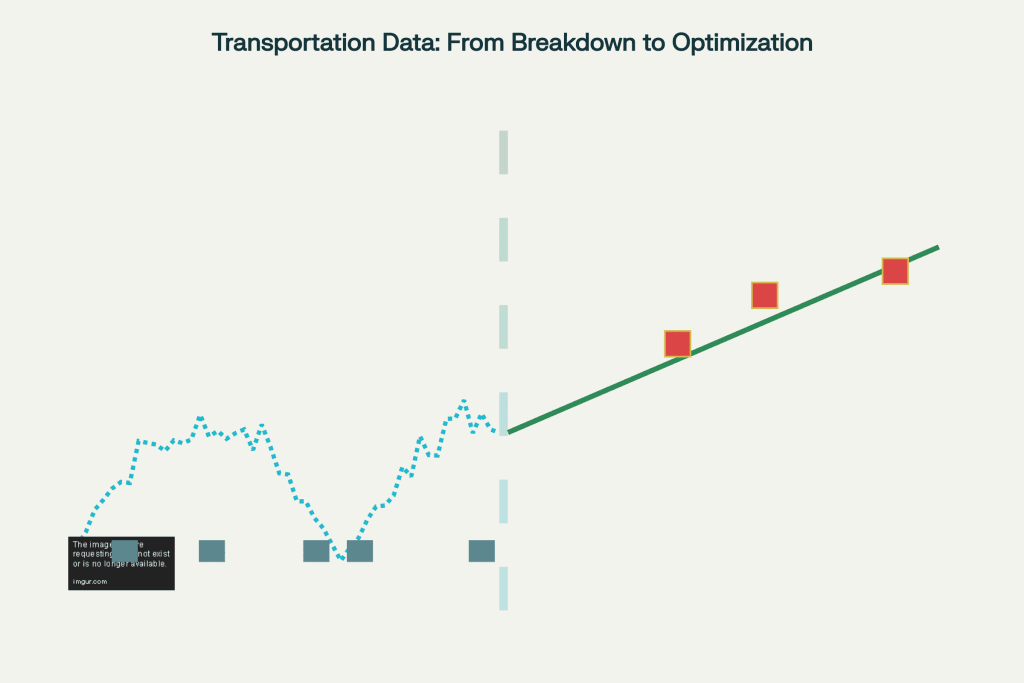
Solving the Transportation Data Breakdown Before It Hurts Performance
Transportation networks—covering logistics, fleet management, supply chain operations, and delivery services—depend heavily on accurate and timely data. When data breakdowns happen (due to silos, poor data quality, or system integration issues), it leads to:
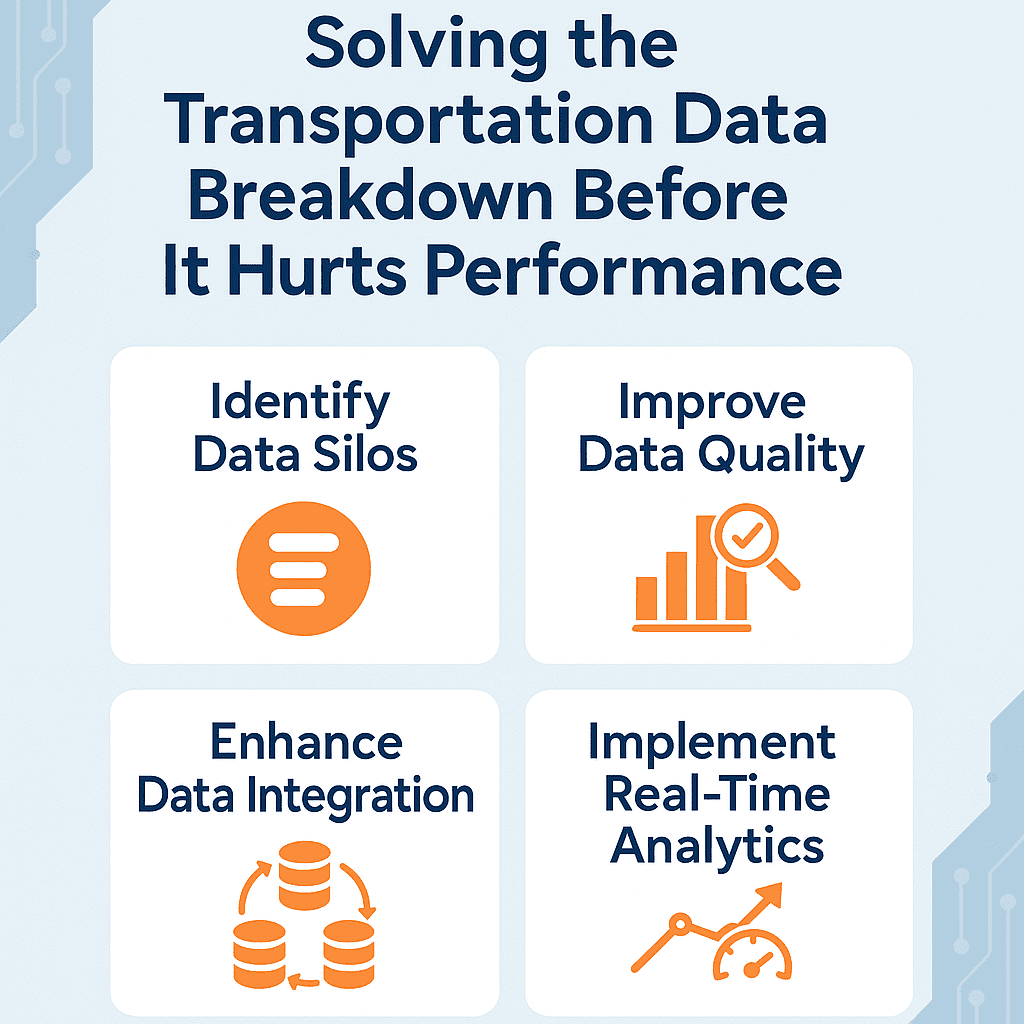
-
Delayed shipments
-
Higher operational costs
-
Inefficient route planning
-
Reduced customer satisfaction
Common Causes and Warning Signs of Data Breakdown
-
Data Silos: Information trapped in separate TMS, ERP, or telematics platforms with no cross-communication.
-
Manual Processes: Reliance on spreadsheets, faxes, or phone calls for load assignment and tracking.
-
Inconsistent Data Formats: Discrepancies between systems, leading to errors in route planning, billing, or compliance.
-
Lack of Real-Time Visibility: Delays in data flow mean you don’t know where trucks, inventory, or drivers are—until it’s too late.
-
Integration Gaps: Outdated APIs or incompatible software prevent smooth hand-offs between shipper, carrier, and customer portals.
Spot the warning signs:
-
Frequent shipment delays or rerouting.
-
Customer service teams “chasing” information across departments.
-
High rates of billing errors and dispute resolution.
-
Drivers or staff entering the same data into multiple systems.
Why Fixing Data Breakdown is Critical
-
Performance Impact: Broken data pipelines lead to missed ETAs, inventory shortfalls, and lost business.
-
Cost Escalation: Every manual workaround or error correction increases operational costs.
-
Customer Experience: Today’s clients expect real-time tracking and transparent updates—data breakdown derails trust.
-
Compliance Risks: Regulatory requirements around safety, hours of service, and freight documentation demand accurate, up-to-date data.
Strategies to Solve Transportation Data Breakdowns
Transportation systems rely heavily on data for smooth operations—covering everything from vehicle tracking and route optimization to shipment visibility and predictive maintenance. When data is incomplete, siloed, or inaccurate, it leads to operational delays, cost overruns, and reduced customer satisfaction.
Here are key strategies to prevent and solve transportation data breakdowns:
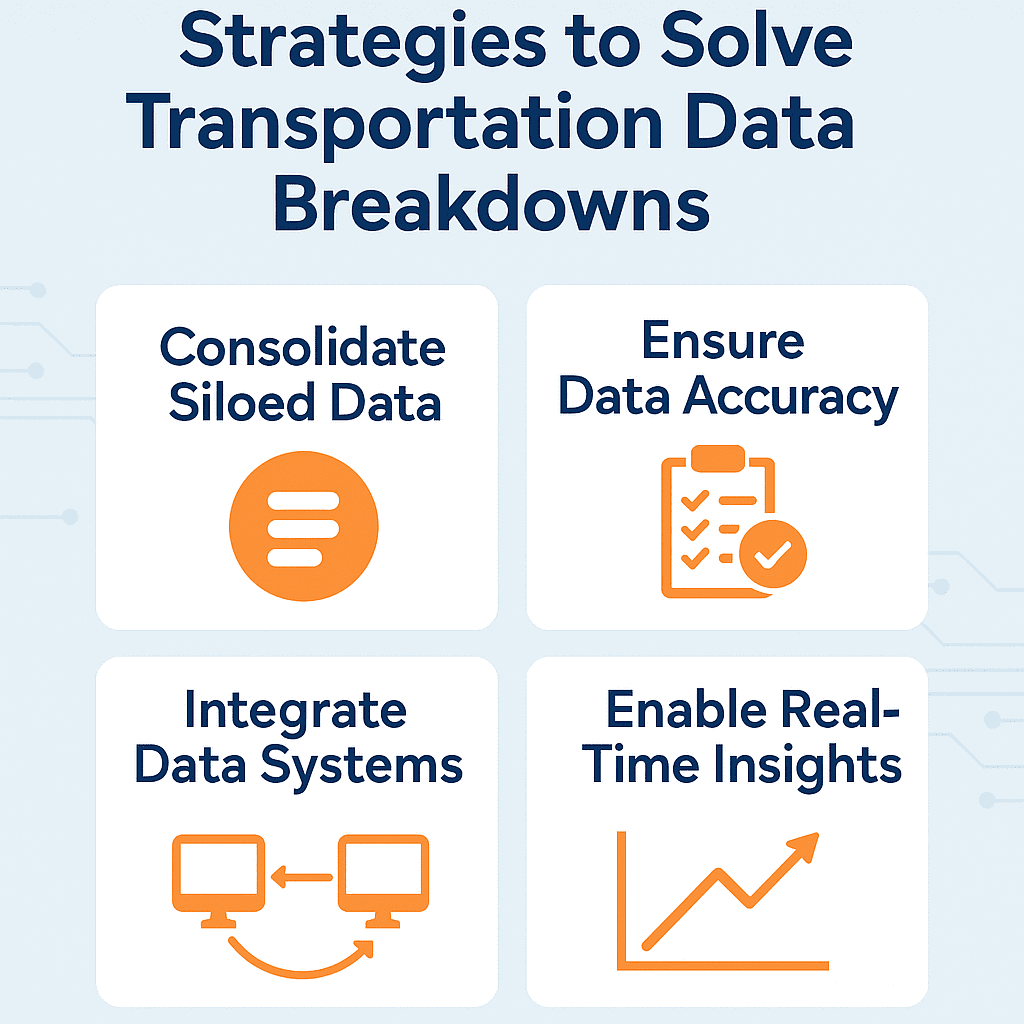
1. Centralize and Synchronize Data
-
Implement a unified transportation management system (TMS) that connects with ERPs, GPS, telematics, and customer portals.
-
Use cloud-based solutions to enable seamless access and sharing, supporting distributed workforces and partners.
-
Regularly audit your data schema—fix inconsistencies before they multiply.
2. Automate Data Collection and Sharing
-
Replace manual logs and spreadsheets with IoT sensors, RFID tags, and direct software integrations.
-
Automate notifications for load status, delays, or re-routing, giving customers and staff real-time alerts.
3. Modernize Integrations
-
Use open APIs and EDI standards for easy communication between shippers, carriers, and partners.
-
Invest in modular platforms that support easy integration with new tools (AI analytics, route optimization, billing).
4. Drive Data Quality and Governance
-
Set up validation rules and “single source of truth” principles.
-
Regularly inspect and cleanse historical data to ensure accuracy for reporting and decision-making.
5. Empower Data-Driven Performance
-
Use real-time dashboards for tracking assets, shipments, and performance metrics.
-
Leverage predictive analytics to spot issues before they occur—such as maintenance needs, at-risk deliveries, or bottlenecks.
TechOTD offers expert solutions for cloud-based TMS, AI-powered route optimization, and seamless system integration. Discover modern logistics tech at TechOTD, or explore AI & Automation, Web Development, and Industry eCommerce Solutions for customized support.
Conclusion
Don’t let data breakdown silently undermine your transportation performance. By centralizing information, automating workflows, and modernizing integrations, your business can deliver faster, cheaper, and smarter than ever before. Act now—future-proof your logistics with digital solutions that keep your data, drivers, and customers in sync.
Take the lead in transportation innovation. Connect with TechOTD for a free audit or explore end-to-end logistics technology built for tomorrow’s challenges.
FAQ
1. What is transportation data breakdown?
It’s when digital information flow (orders, routes, shipment status) is disrupted—causing delays, errors, and customer/operational issues.
2. How do I spot data breakdown early?
Frequent shipment delays, manual data entry across platforms, and missing/inconsistent shipment info are key red flags.
3. What’s the fastest way to automate my transport data?
Adopt cloud-based TMS, leverage open APIs, and integrate IoT/telematics for real-time data capture.
4. Can AI help prevent breakdown?
Yes—AI predicts bottlenecks, optimizes routes, and automates alerts, making data-driven performance possible.
5. Is a single vendor or platform best for solving breakdown?
A modular approach lets you integrate best-of-breed solutions—just ensure strong API and data governance for seamless operation.
